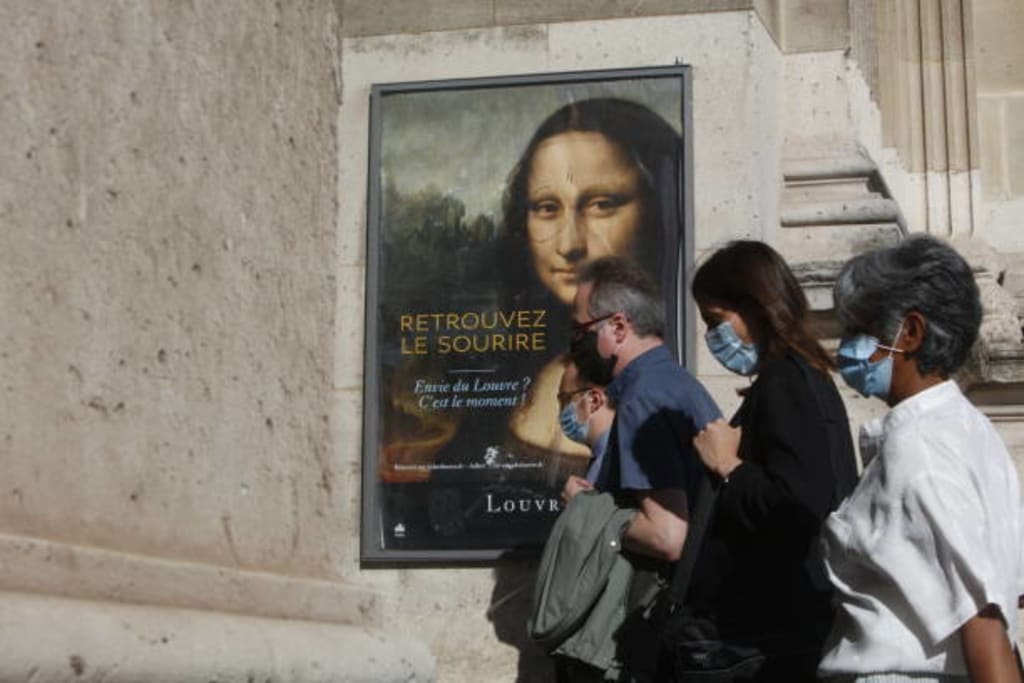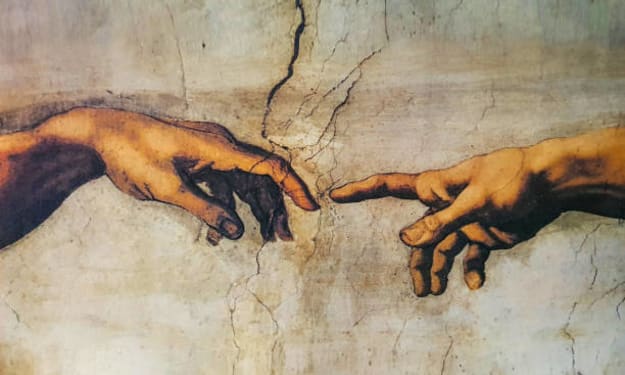How Mona Lisa became so overrated?
Unraveling the Mystery: The Surprising Story Behind Mona Lisa's Sky-High Status

If you want to praise Leonardo daVinci's Mona Lisa as art, you can find it. But what if you think it's just...well? What is the cynical explanation for the Mona Lisa? Why is Mona Lisa so famous? Is it really that much better than da Vinci's Lady in Ermine? It looks better. There is one more ermine. But the Mona is so famous that the director of the Louvre, where the Mona Lisa lives, said that 80% of his visitors are there just to see one painting.
If you think the Mona Lisa isn't famous just because she's somehow 10 times better than all the other paintings, her story reveals something more interesting, something about how art permeates the wider culture. And it might never have happened if the Mona Lisa had not disappeared. Before the Mona Lisa became a pop culture star, before she disappeared, a critic made her a work of art worth owning. And he fell so madly in love with this painting that he single-handedly made it a masterpiece.
Walter Pater's 1873 book The Renaissance was key. It was published more than 350 years after Leonardo painted it, but it defined painting for the Victorians. This was key at a time when art was hard to see. So the words did the job. Here is an epic piece full of semicolons in the middle of his ode to Mona Lisa. Highlights? "The Greek Beast" "He is older than the rocks he sits among." "As a vampire, he died many times." It was the purplest prose ever. But people liked those things. Oscar Wilde thought essay writing was great. He praised the "mystical prose musical". And every public interest profile of the Louvre, from academic guides to Paducah debate clubs, used Pater's words to talk about the Mona. Other critics pounced - Mona was a popular, secular painting they could analyze. Unlike da Vinci's Last Supper, they can make perfect sense.
But even at its peak, the Mona Lisa was only a world-famous work of art, not the most famous painting of all time. In 1907, vandalism at the Louvre targeted a picture by Ingres, not da Vinci. And in 1910, amid rumors of theft, newspapers named Monat the most famous painting in the Louvre, after Raphael's Sistine Madonna. It took a real heist for Mona to go from a highlight of the art curriculum to a mass culture icon.
Vincenzo Peruggia, He on August 21, 1911, a former Louvre employee lifted the Mona Lisa off the wall and… took it home. It took the Louvre a day to notice, but the media didn't react so stupidly. The painting disappeared for two years, and each time the press - often citing Pater - called it the greatest portrait of all time. Assuming that Mona's smile drove the thief mad, they wrote art thief fan fiction and constantly dreamed of the Mona Lisa's whereabouts. Thousands have visited the Louvre just to see empty hooks on the wall. The robbery and the chase were like a two-year advertising campaign for the painting. And because you couldn't Google "Mona Lisa before it was stolen," it was hard for people to see the actual painting and say, "What's the big deal?"
When Peruggia was captured, he said his goal was to bring Mona back to her native Italy. Then he was the most famous painting in the world, partly because of his absence. Just as critics could smear prose on his blank face, the press could hang a celebrity on those blank wall hooks. When the Mona Lisa was stolen, she left behind a masterpiece. After his recovery and a two-week tour of Florence, he returned to the Louvre, where there was more than art. He was a story and a legend, prominently featured in all the magazines covering his recovery.
It was the big reveal after two years of suspense, now with a story worthy of Walter Pater's hyperbole. From then on, he attracted presidential speeches and parodies. "Come also to pay homage to the great creation of our common civilization." The momentum never stopped. After all, the interpretation of the cynic and the interpretation of the enthusiastic critic have something in common. Mona Lisa is not a portrait, but an empty face. A place where critics paint the meaning and people can find the mystery.
That is why he was so famous - not because of how he is painted, but because of what we see in him. If that's not art, what is? I found a picture of the Mona Lisa from 1909 that seemed particularly prescient. The writer said, "Even those whose first expression [sic] is 'huh,' and openly confess that they see neither her beauty nor her interest, find themselves vehemently opposed to both." This is probably still the case today.
Like what you read? Consider liking and subscribing for more! :)






Comments
There are no comments for this story
Be the first to respond and start the conversation.